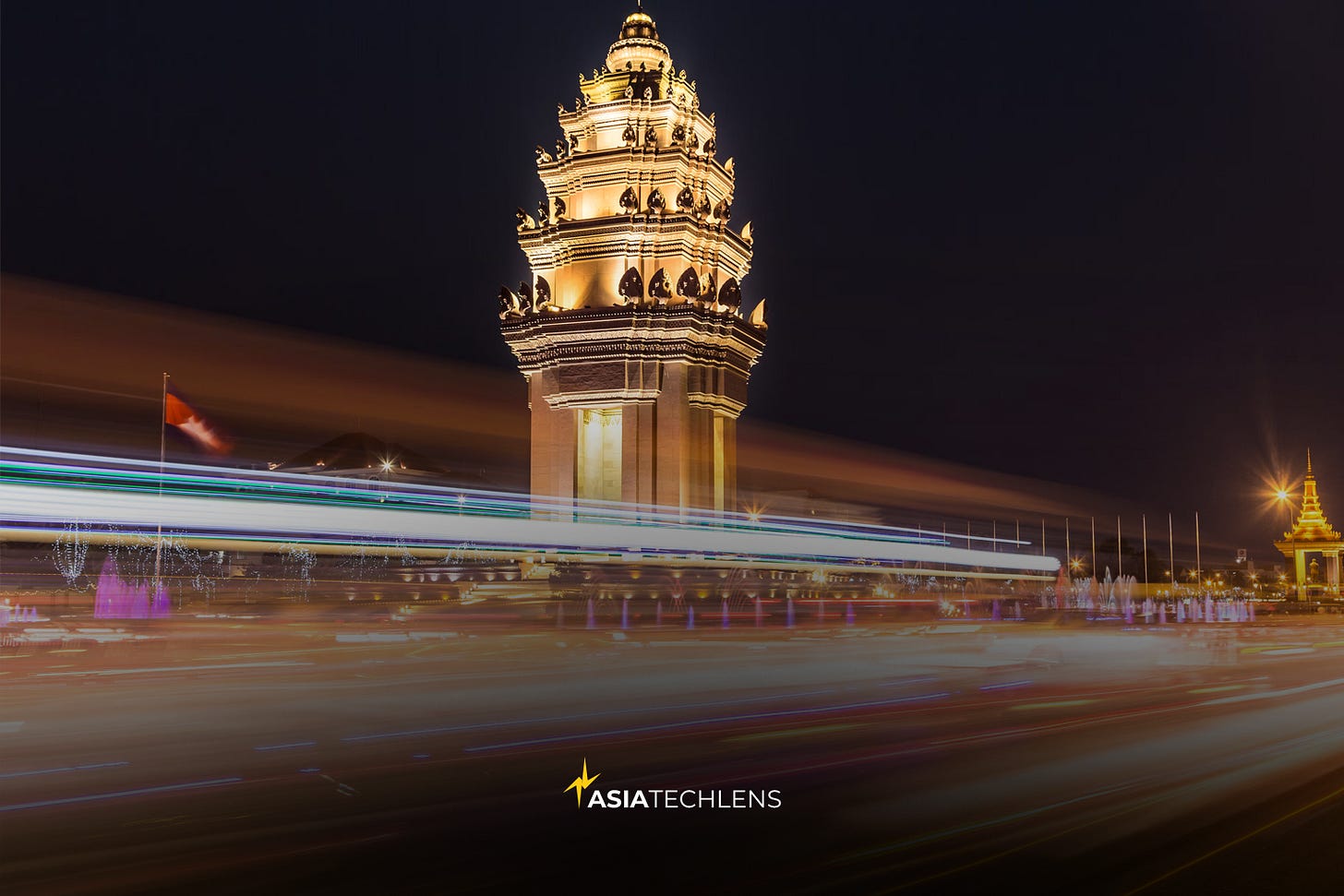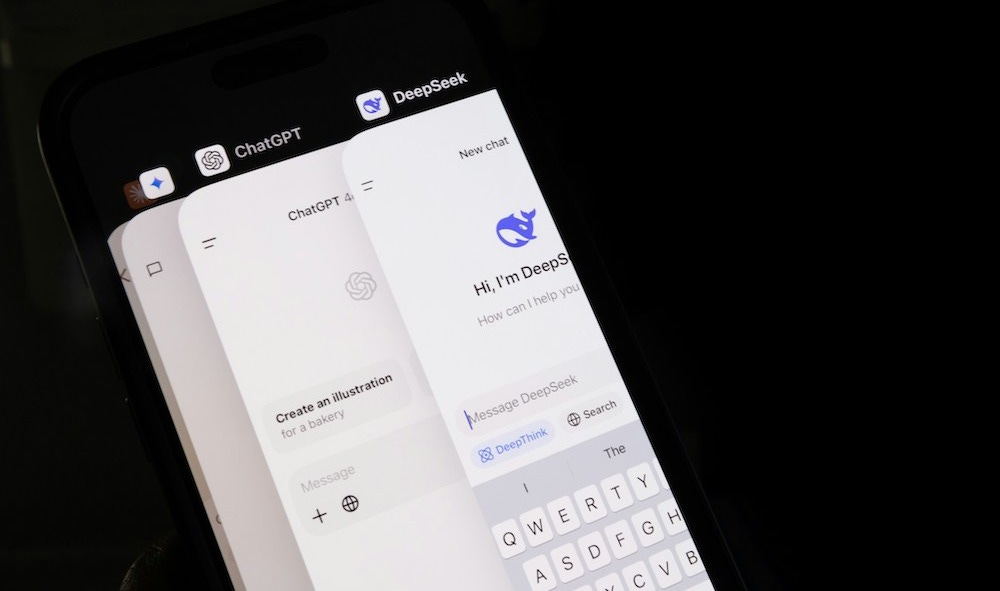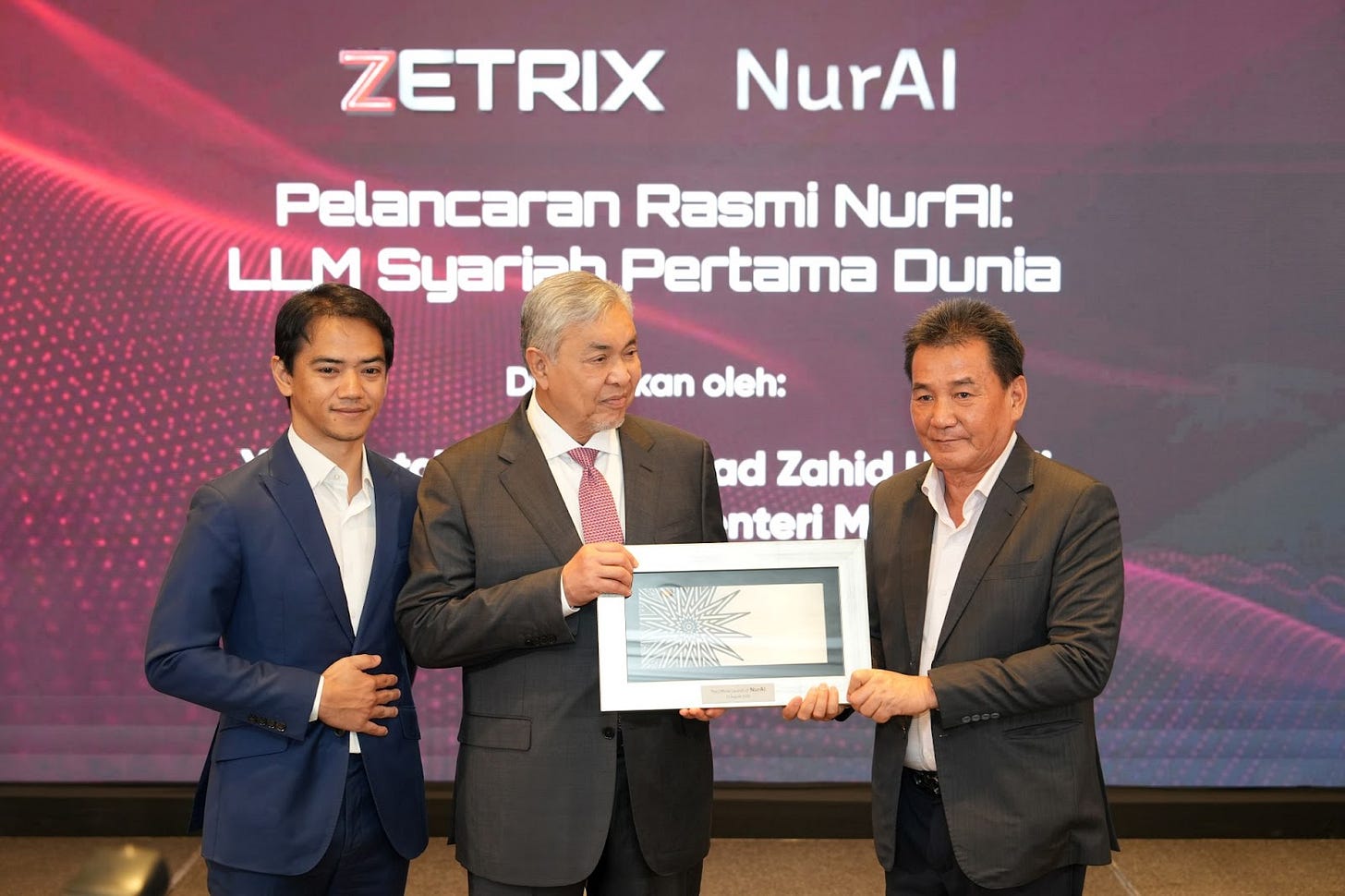The AI Battleground: How Southeast Asia Is Forging a New Path Between Open and Closed Models
As the US and China clash over the future of AI, countries like Singapore, Malaysia and Indonesia have emerged as testbeds for both visions

As artificial intelligence (AI) and large language models (LLMs) break into the mainstream, the global debate over open versus closed AI is intensifying.
The US-China tech rivalry is a key driver of this divide. Chinese AI companies like DeepSeek, Alibaba's Qwen, and Tencent's Hunyuan lean heavily towards open-source releases to drive adoption and influence, while US tech giants like OpenAI, Google, Microsoft, and Anthropic mostly stick to closed models delivered via APIs. The major exception is Meta, which has released its Llama models under a controlled open-source license.
Open-source software makes its source code publicly available, allowing anyone to view, modify, and distribute. This transparency enables developers to learn, audit the code for bugs or security risks, and contribute improvements. Closed-source, or proprietary software, on the other hand keeps the code private and under the full control of its creator.
In Southeast Asia, a major market for both countries, the debate is less about ideology and more about practicality. Companies and governments are already putting Chinese open-source models to work, while tapping US closed systems where they make sense. Indeed, the region is quietly becoming a testbed for how both approaches can co-exist.
DeepSeek Makes Inroads
Open-source AI offers certain advantages, especially in emerging markets. For instance, startups, corporates, universities, and governments operating on tight budgets can download and run these models on more affordable infrastructure. They can also fine-tune these models with local data such as languages, dialects, and cultural references, making them highly adaptable.

In Singapore, banking giant OCBC has rolled out more than 30 internal tools powered by open-source AI. Staff use Google’s Gemma to generate document summaries, Qwen to assist with coding, and DeepSeek to analyze market trends, according to the Wall Street Journal. OCBC’s operations span developed markets like Singapore and Hong Kong as well as emerging economies such as Malaysia, Indonesia, Thailand and Vietnam.
In Indonesia, AI venture AIonOS partnered with telecom giant Indosat Ooredoo Hutchison to develop solutions powered by DeepSeek. The collaboration aims to create AI tools for sectors including tourism, the knowledge economy, and sustainable agriculture.
Malaysia’s Communications Ministry has gone even further in the embrace of Chinese technology. Earlier this year, the country launched a sovereign, full-stack AI ecosystem powered by Huawei GPUs. The infrastructure reportedly delivers 20% higher performance and 30% energy savings compared to industry peers. It also hosts the DeepSeek open-source LLM, marking the first national-scale deployment of the system outside China.
In February, Thailand’s National Electronics and Computer Technology Center expressed its interest in leveraging DeepSeek models alongside the country’s foundational LLM, with plans to fine-tune them for specific industries.
Cultural Bias an Issue
In a Fulcrum article, Pieter E. Stek, a senior lecturer at Malaysia’s Asia School of Business, notes that open-source LLMs level the playing field, giving Southeast Asian startups access to the same tools as peers in China and the US.
He added, however, that both Chinese and Western LLMs carry cultural biases, which may clash with Southeast Asia’s diverse social and linguistic landscape and risk fueling tensions if left unchecked. This makes it crucial for the region to build domestic capacity and retrain models for local conditions.
US Models
While Chinese open-source models appear to be more popular in the region, US proprietary AI has supporters among bigger tech companies.
The region’s superapp Grab is a case in point. The Singapore headquartered company last year entered a strategic collaboration with OpenAI, becoming the first in the region to pilot ChatGPT Enterprise for internal users and deploy AI capabilities across three critical domains: accessibility, customer support, and map making.
Separately, e-commerce giant Shopee recently announced a collaboration with OpenAI to explore the use of AI agents in Southeast Asia and Brazil. Shopee will serve as a launch partner for OpenAI’s Operator, an AI agent designed to autonomously interact with the internet for tasks like online shopping.
Since 2023, Indonesian property developer Sinar Mas Land has been working with Microsoft to integrate its city guide chatbot with Azure OpenAI Service and Azure Cognitive Search, providing residents with personalized recommendations
These partnerships suggest closed-source, proprietary AI still matter a lot where scale, reliability, and advanced features are essential.
The US Rethinks Openness
Even as Southeast Asia experiments with both open and closed models, the US is in the middle of its own debate about whether it should return to the openness that once defined its AI leadership.
The modern AI era began with US tech giants like Google and OpenAI releasing open models like the Transformer and GPT-2, fueling global innovation from 2016 to 2019. This changed in 2020, when OpenAI launched GPT-3 but kept it proprietary, citing safety concerns. Since then, cost, safety, and competition have kept US AI companies on the proprietary path.
This orthodoxy is now being challenged. As Chinese open models like DeepSeek and Alibaba’s Qwen advance and become more widely available, American researchers and startups are increasingly using these tools, meaning the building blocks for the next wave of US AI products may sometimes originate in China.
In a recent VentureBeat op-ed, Clément Delangue, co-founder and CEO of Hugging Face, a company that builds tools for developing machine learning applications, warned that when openness slows, the entire ecosystem suffers. If the US falls behind in open-source today, it risks falling behind in AI altogether.
“It’s time for the American AI community to wake up, drop the ‘open is not safe’ narrative, and return to its roots: open science and open-source AI, powered by an unmatched community of frontier labs, big tech, startups, universities, and non-profits,” he wrote.
The Empire Strikes Back
In July, the White House rolled out its AI Action Plan, which focuses on clearing regulatory hurdles, building the infrastructure needed to power AI at scale, and harnessing private sector momentum to drive innovation. At its core, it leans on a market-driven approach, which is encouraging more open models, faster infrastructure rollout, and wider global adoption of US-built AI.
Big Tech has since begun rolling out new initiatives in line with the call for greater openness. Just this month, OpenAI announced two open-weight reasoning models with capabilities similar to its O-series. Both are freely available to download on Hugging Face, marking OpenAI’s first “open” language model release since GPT-2 more than five years ago.
Around the same time, Elon Musk revealed that his AI startup xAI will open-source its Grok 2 chatbot and make it fully accessible to developers.
Looking Ahead
In the AI contest between the US and China, Southeast Asia is emerging as something more than a spectator. It is becoming a laboratory for what a hybrid future might look like, where open and closed models not only coexist but complement each other.
Ultimately, the choice of AI systems is less about taking sides and more about choosing what works best. Southeast Asia may well become the blueprint for how AI adoption unfolds in other parts of the world: pragmatic, hybrid, and locally grounded.
For More Info on Asia Tech Lens


